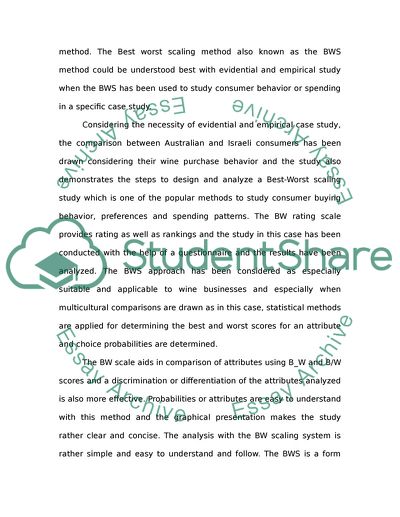Cite this document
(Strengths and Weaknesses of the Published Paper Research, n.d.)
Strengths and Weaknesses of the Published Paper Research. Retrieved from https://studentshare.org/journalism-communication/1723148-research-methodogy
Strengths and Weaknesses of the Published Paper Research. Retrieved from https://studentshare.org/journalism-communication/1723148-research-methodogy
(Strengths and Weaknesses of the Published Paper Research)
Strengths and Weaknesses of the Published Paper Research. https://studentshare.org/journalism-communication/1723148-research-methodogy.
Strengths and Weaknesses of the Published Paper Research. https://studentshare.org/journalism-communication/1723148-research-methodogy.
“Strengths and Weaknesses of the Published Paper Research”, n.d. https://studentshare.org/journalism-communication/1723148-research-methodogy.


